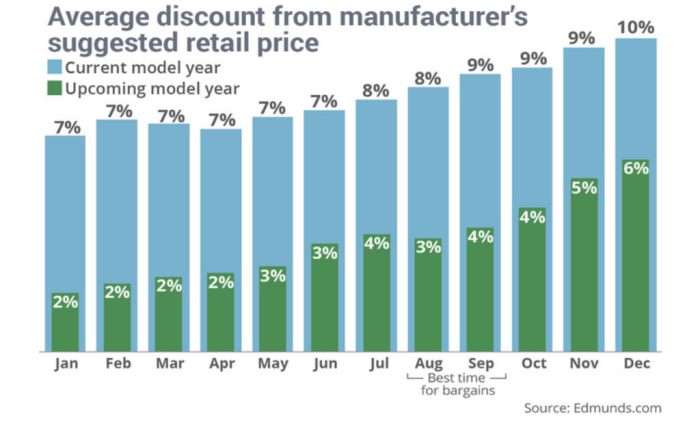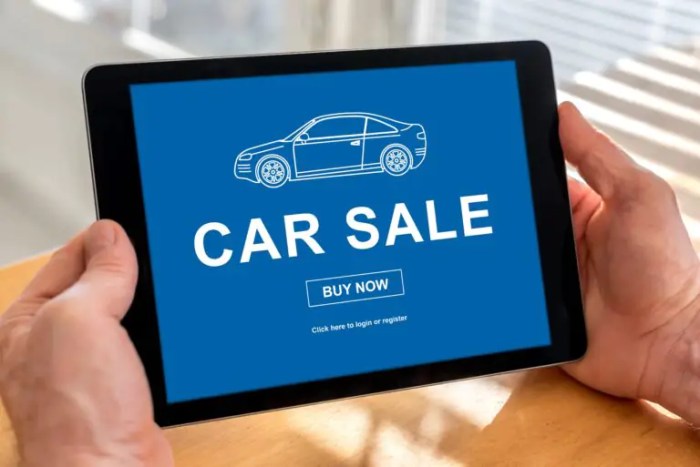Trading in your car can be a smart way to finance a new vehicle, but maximizing its value requires strategic planning and preparation. The automotive market fluctuates, and understanding current trends is crucial. This comprehensive guide provides detailed tips to help you get the best possible price for your trade-in in 2025 and beyond. We’ll cover everything from vehicle preparation to negotiating with dealerships.
Understanding the Trade-In Process
Before diving into specific strategies, it’s vital to understand the mechanics of a car trade-in. Dealerships often offer lower trade-in values than what you might get selling privately. This is because they need to factor in reconditioning costs, profit margins, and the time it takes to resell your vehicle. However, the convenience of a trade-in often outweighs the potential for slightly higher profits from a private sale, especially if you’re purchasing a new car simultaneously.
Factors Affecting Trade-In Value
- Year and Make/Model: Newer cars generally retain more value than older ones. Popular models often command higher prices.
- Mileage: Lower mileage usually translates to a higher trade-in value. High mileage can significantly depreciate a vehicle’s worth.
- Condition: A well-maintained car with minimal wear and tear will fetch a better price. Dents, scratches, and mechanical issues will lower its value.
- Market Demand: The current demand for your specific make and model plays a significant role. High demand equals higher trade-in value.
- Vehicle History Report (CARFAX/AutoCheck): A clean history report demonstrates responsible ownership and increases the car’s perceived value.
Preparing Your Car for Trade-In
Proper preparation significantly impacts your trade-in offer. A clean, well-maintained vehicle presents itself as a more desirable purchase, leading to a better price.
Cleaning and Detailing
- Thorough Cleaning: Wash and wax your car meticulously, paying attention to detail. Clean the interior thoroughly, including carpets, upholstery, and dashboard.
- Professional Detailing (Optional): Consider professional detailing for a truly impressive presentation. This can be a worthwhile investment, especially for higher-value vehicles.
- Repair Minor Damages: Fix any small dents or scratches. While major repairs might not be cost-effective, addressing minor imperfections can make a noticeable difference.
Addressing Mechanical Issues
- Necessary Repairs: Address any known mechanical problems. A car with unresolved issues will significantly reduce its trade-in value. Get necessary repairs done beforehand.
- Service Records: Maintain comprehensive service records to demonstrate responsible vehicle maintenance. This instills confidence in the buyer.
Researching Your Car’s Value
Before approaching a dealership, research your car’s market value. This will provide a baseline for negotiations.

Source: theedgemarkets.com
Online Valuation Tools
- Kelley Blue Book (KBB): KBB provides accurate estimations of your car’s trade-in value based on various factors. [https://www.kbb.com/](https://www.kbb.com/)
- Edmunds: Edmunds offers similar valuation tools, providing a range of potential trade-in values. [https://www.edmunds.com/](https://www.edmunds.com/)
- NADA Guides: NADA Guides is another reputable source for vehicle valuations. [https://www.nadaguides.com/](https://www.nadaguides.com/)
Negotiating with Dealerships
Negotiating is a crucial part of the trade-in process. Knowing your car’s value and being prepared to walk away are essential strategies.
Know Your Worth
- Use Online Valuations as a Starting Point: Use online valuation tools to establish a realistic expectation of your car’s value.
- Don’t Be Afraid to Negotiate: Dealerships often start with lower offers. Be prepared to negotiate firmly but respectfully.
- Consider Multiple Dealerships: Getting offers from multiple dealerships allows you to compare and choose the best deal.
Understanding the Dealership’s Perspective
Remember that dealerships are businesses aiming to maximize profit. They’ll factor in their costs and desired profit margin when making an offer. Understanding this helps you approach negotiations strategically.
Alternatives to Traditional Trade-Ins
While trade-ins are convenient, exploring alternatives can sometimes yield better results.

Source: caredge.com
Selling Privately
- Higher Potential Value: Selling privately often allows you to receive a higher price than a trade-in offer.
- More Time and Effort: Private sales require more effort, including advertising, showing the car, and handling paperwork.
Consignment Sales
- Combines Convenience and Higher Value: Consignment sales offer a balance between convenience and the potential for a higher price than a trade-in.
- Fees Involved: Consignment typically involves paying a commission to the seller.
Frequently Asked Questions (FAQ)
- Q: When is the best time of year to trade in my car? A: Generally, the end of the month and the end of the quarter are good times to negotiate, as dealerships are often looking to meet sales quotas.
- Q: What documents do I need for a trade-in? A: Typically, you’ll need your vehicle’s title, registration, and proof of insurance.
- Q: Can I trade in a car with a loan? A: Yes, but you’ll need to settle the outstanding loan balance before the trade-in is finalized. The dealership might help facilitate this process.
- Q: How do I handle minor repairs before trading in? A: Address any easily fixable issues like dents, scratches, or minor mechanical problems. This can improve your trade-in offer significantly.
- Q: What if my car has significant damage? A: Significant damage will negatively impact your trade-in value. Be upfront about any major issues with the dealership.
Conclusion
Trading in your car can be a smooth and profitable experience with the right preparation and negotiation strategies. By following these tips and understanding the market dynamics, you can maximize your trade-in value and get the best possible deal in 2025 and beyond. Remember to research your car’s value, prepare it meticulously, and negotiate confidently.
Call to Action
Ready to get the best possible value for your trade-in? Contact us today for a free appraisal and let our experts guide you through the process!
Query Resolution
What documents should I bring to a trade-in appraisal?
Bring your vehicle’s title, registration, and any relevant service records.
How does my car’s mileage affect its trade-in value?
Higher mileage generally lowers trade-in value; however, well-maintained vehicles with higher mileage can still command a reasonable price.
Can I trade in a car with minor damage?
Yes, but expect a reduction in value. Disclose all damage upfront for a more transparent appraisal.

Source: tempuslogix.com
Should I pay off my car loan before trading it in?
It’s often advantageous to pay off your loan, but it’s not always necessary. Discuss your options with the dealership.
How can I find out my car’s current market value?
Use online valuation tools like Kelley Blue Book or Edmunds to get an estimate.
